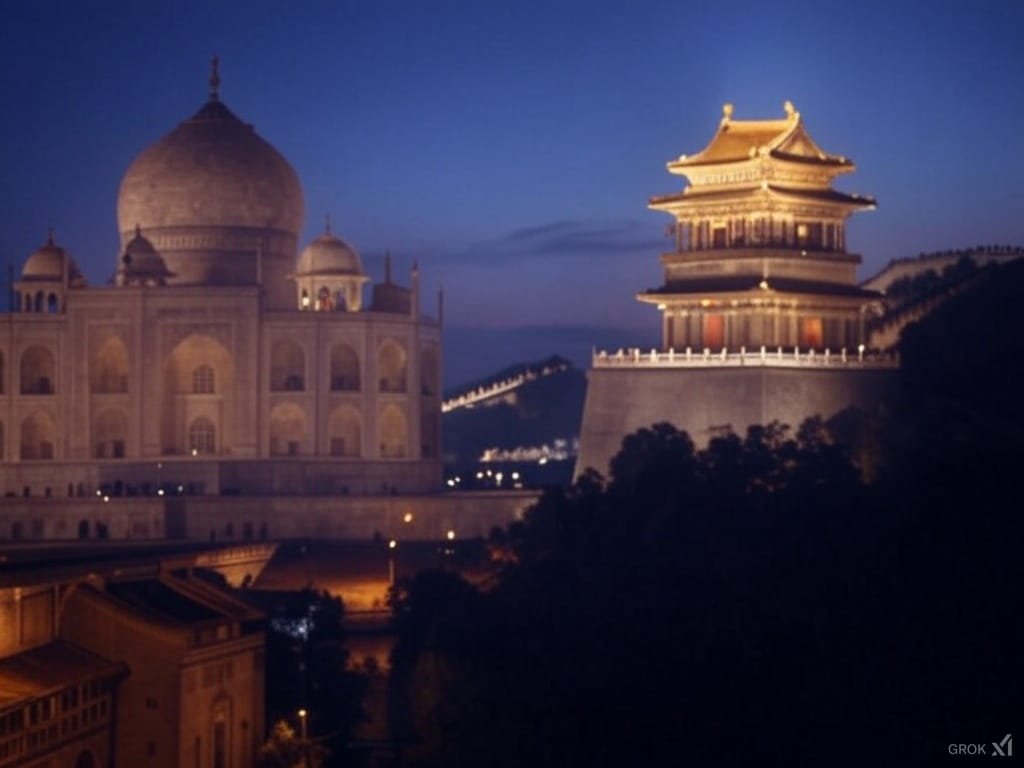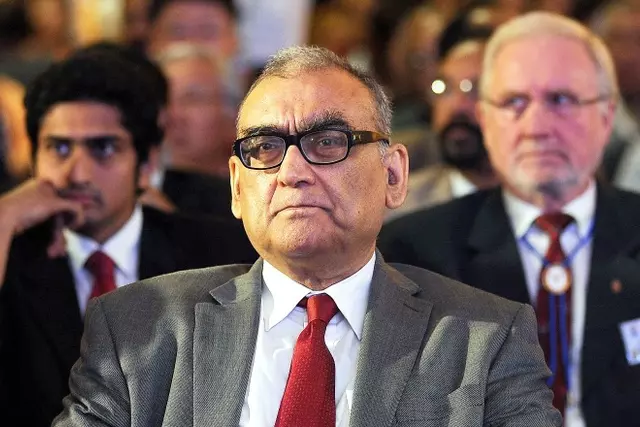
India v China
By Justice Katju
In 1947 India gained Independence, and in 1949 China successfully completed its Revolution ( which had started 25 years earlier ).
At that time both countries were terribly poor and largely feudal, with the vast majority of their people poor peasants. In fact at that time India was somewhat better off than China economically
Since then over 75 years have passed, and now there is a huge difference in the economic conditions of the two countries.
Today China has become a super power, with GDP of $ 17.8 trillions
On the other hand, the GDP of India is only about $ 3.5 trillions
The GDP of USA is $ 27.3 trillions
Thus the Chinese economy is now at least 5 times bigger than that of India, and the gap is increasing ( though it is still behind USA).
The Chinese have lifted 800 million of their people out of poverty
How was such an incredible transformation made in China ?
The short answer is that there was an armed anti-feudal and anti-imperialist Revolution in China culminating in 1949, while there was no revolution in India, and Indian Independence in 1947 was simply handing over the Indian government by the British peacefully to some Indian politicians, while largely retaining the colonial superstructure.
Complete destruction of feudalism and freedom from foreign interference is essential for the rapid economic growth of a country. This was achieved by the leaders who came to power in China in 1949. Landlordism was totally eradicated, and the ‘Unequal Treaties’ which the imperialist foreign countries had forced the Chinese to sign, were scrapped.
On the other hand, Indian ‘Independence’ was only because the Americans compelled the British to leave India, and it had nothing to do with Gandhi or his movement.
What happened was that in the Second World War Germany attacked Britain in 1940, and could have possibly conquered it but for American help to the British ( by Lend Lease, etc ). But for giving this help, the Americans extracted a price. The British had to give Independence to India, which really meant that the British monopoly over the Indian markets and cheap raw materials must end, and India opened up for US investments by US firms, whose industries were growing.
As for abolition of feudalism, no doubt many states enacted zamindari abolition laws, but these were not uniformly or effectively enforced. For instance, while they were strictly enforced in UP, they were not in Bihar. Also various techniques of avoiding them, like the batai system, were devised.
Apart from that, even if landlordism was abolished in many places by laws, feudal ideas like casteism and communalism continued, and were in fact strengthened by the parliamentary system of democracy which India adopted under it’s Constitution of 1950. This is because parliamentary democracy in India runs largely on the basis of caste and communal vote banks, and Indian politicians are experts in polarizing society and inciting and spreading caste and communal hatred, to get votes.
India is perpetually in an election mode. This is because there are 28 states and 8 union territories in India ( apart from local bodies ), and so elections are either taking place, or preparations are going on somewhere or the other. Hence our politicians keep the caste and communal pot boiling all year around.
Therefore instead of rapidly taking the economy forward, our political leaders are embroiled all the time in issues like building the Ram Temple in Ayodhya, cow protection, Kumbh Mela, and inter caste and inter religious conflict.
The tall talk by some people about India having the fastest growing economy in the world is only hot air and empty boasting, and the truth is as given in these links :
Indian leaders are focused on winning elections, instead of developing the Indian economy.
In China, on the other hand, there is no parliamentary democracy, and the leaders do not have to bother about elections. So they devote all their time and energy in the country’s economic growth.
It is speculated by some that China is catching up fast, and in some time in the future will outstrip USA, and become the world’s largest economy






